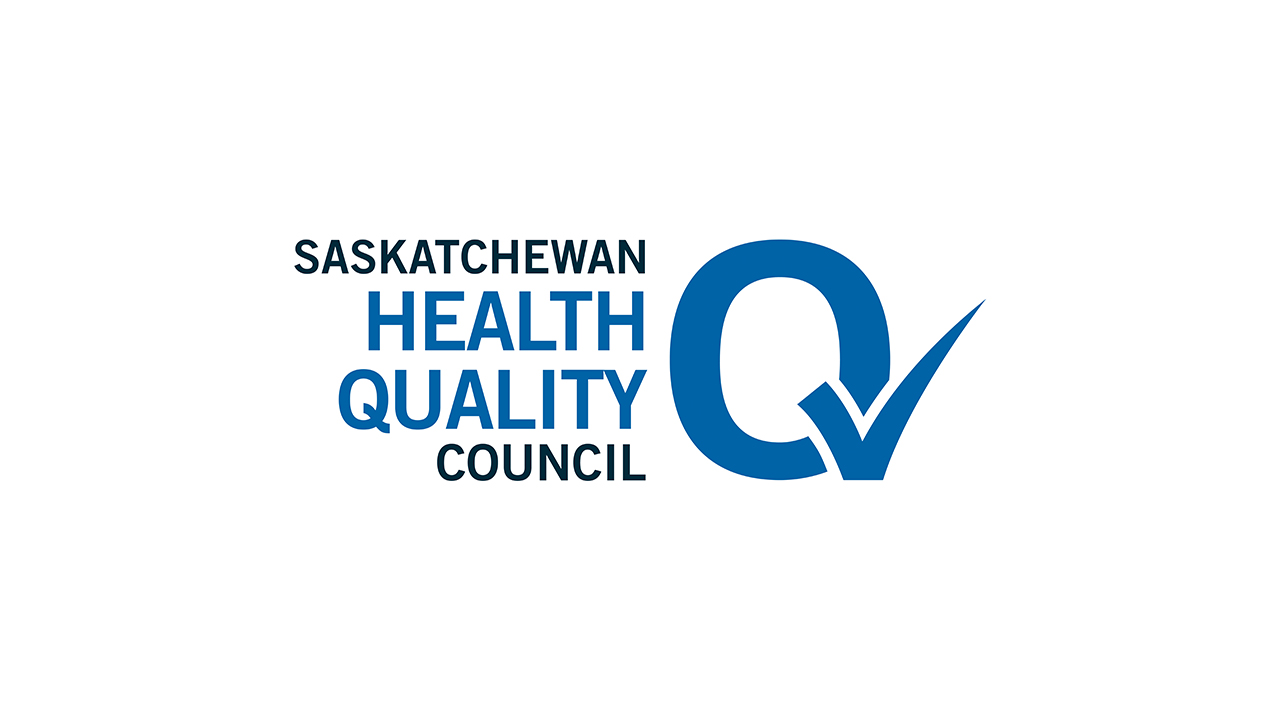In the first survey of its kind in Saskatchewan, the majority (82%) of patients treated in hospital emergency departments (ED) rated the overall quality of care they received as good, very good, or excellent. However, an accompanying report released today by the province’s Health Quality Council, says that because the province’s health care system has set its sights on delivering exceptional service, health regions should aim to increase the percentage of patients who rate their care experience in Emergency as excellent – right now, that figure sits at just 22%.
Dr. Susan Shaw, Department Head of Adult Critical Care Saskatoon Health Region and newly appointed Chair of the province’s Health Quality Council, says hearing the patient voice is essential in order to deliver care that is more patient- and family-centred. “This new ED survey, and the ongoing acute care survey, is helping hospitals and health regions identify aspects of care that require improvement,” says Dr. Shaw. “They need to be following survey results over time to see if the changes they’re making are improving the care experience for the patients they serve.”
HQC identified several issues that, if addressed, would increase patients’ ratings of quality of care they receive. Many of the factors relate to interactions between providers and patients:
Treat all patients with courtesy.
- Only 1 out of 3 (35%) said all staff introduced themselves during their first interaction.
- About 1 out of 4 (26%) rated courtesy of the Emergency Department staff as excellent.
Ensure patients are well-informed and involved to the extent they want to be in decision-making about their care.
- When patients had important questions to ask, 57% said they always got answers they understood from a doctor.
- When patients had important questions to ask, 47% reported they always got answers they understood from a nurse.
- Less than half (45%) said the possible causes of their problem were completely explained in a way that they could understand.
- About half (52%) of patients said they were involved in decisions about their care as much as they wanted to be.
Provide care sooner.
- While about 40% of patients said they waited less than 30 minutes before they were examined by a doctor, 20% reported waiting more than 2 hours.
- About 7 out of 10 patients (68%) said they talked to a nurse about their illness or injury within 15 minutes of their arrival to the emergency department.
Tell patients how long they are likely to wait and why there are delays.
- More than half (60%) of patients were not kept informed about delays.
- Just over half (54%) were told the order in which patients are seen is based on the severity of patients’ condition and not the time they arrived in the ED.
Shaw said the survey results also underscore the importance of work underway provincially to improve access to primary care services, so patients can get the care they need in settings other the ED. Almost half (44%) of patients said they went to the ED because there were no other options available, and about 30% reported said they went because they had an appointment there or were told to go to there for follow-up care.
HQC conducted the survey between January and March 2011, in collaboration with regional health authorities. Survey packages were mailed to a random sample of 27,361 patients discharged from the participating 14 emergency departments, excluding patients who died, who did not have a fixed address, who opted out by phoning HQC, who were from outside of Canada, who were between 12 and 16 years of age, and newborns. Results presented here are based on the experiences of 4,132 patients who did not have an appointment for their emergency department visit.
HQC is an independent agency that measures and reports on quality of care in Saskatchewan, promotes improvement, and engages its partners in building a better, safer health system for patients.
-30-
For an overview of survey results, including those for Saskatchewan as a whole and for each facility, visit www.qualityinsight.ca. The web-based reporting tool, Quality Insight, is designed to give everyone – public, providers, managers, and leaders – the information they need to support quality improvement work to make our health care system better and safer for Saskatchewan residents.
For detailed tables that outline responses to each question by facility, background information on the survey process, and a copy of the survey itself, visit www.hqc.sk.ca and choose Improving Quality>QI Projects>Patients’ experiences with emergency department care.



